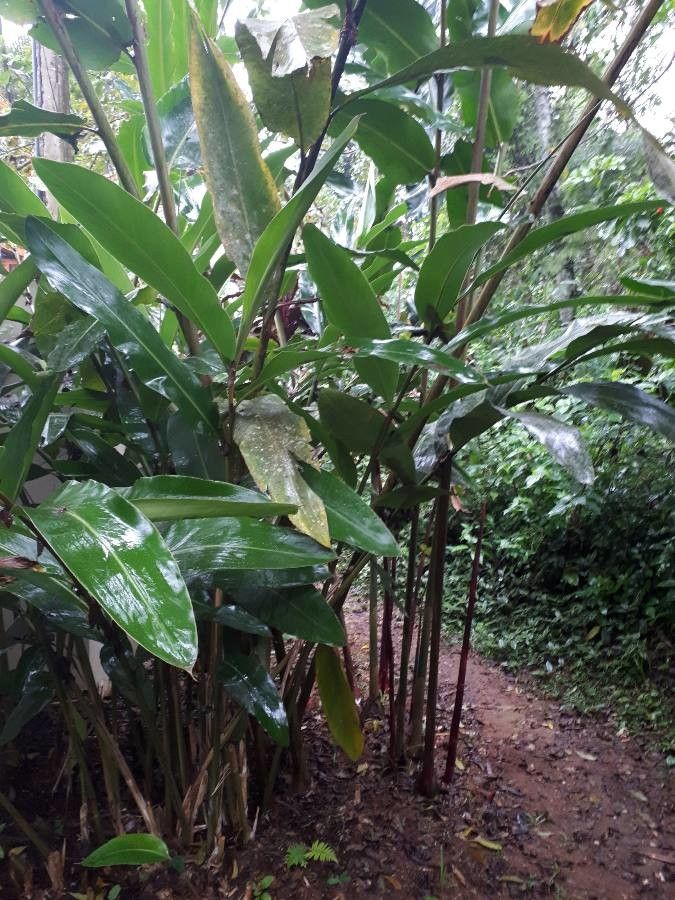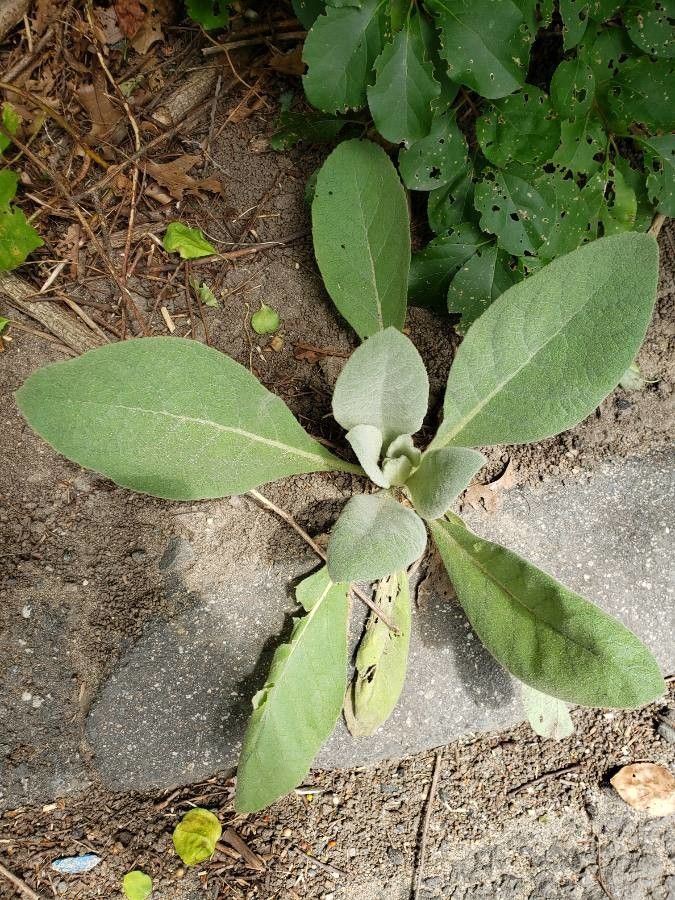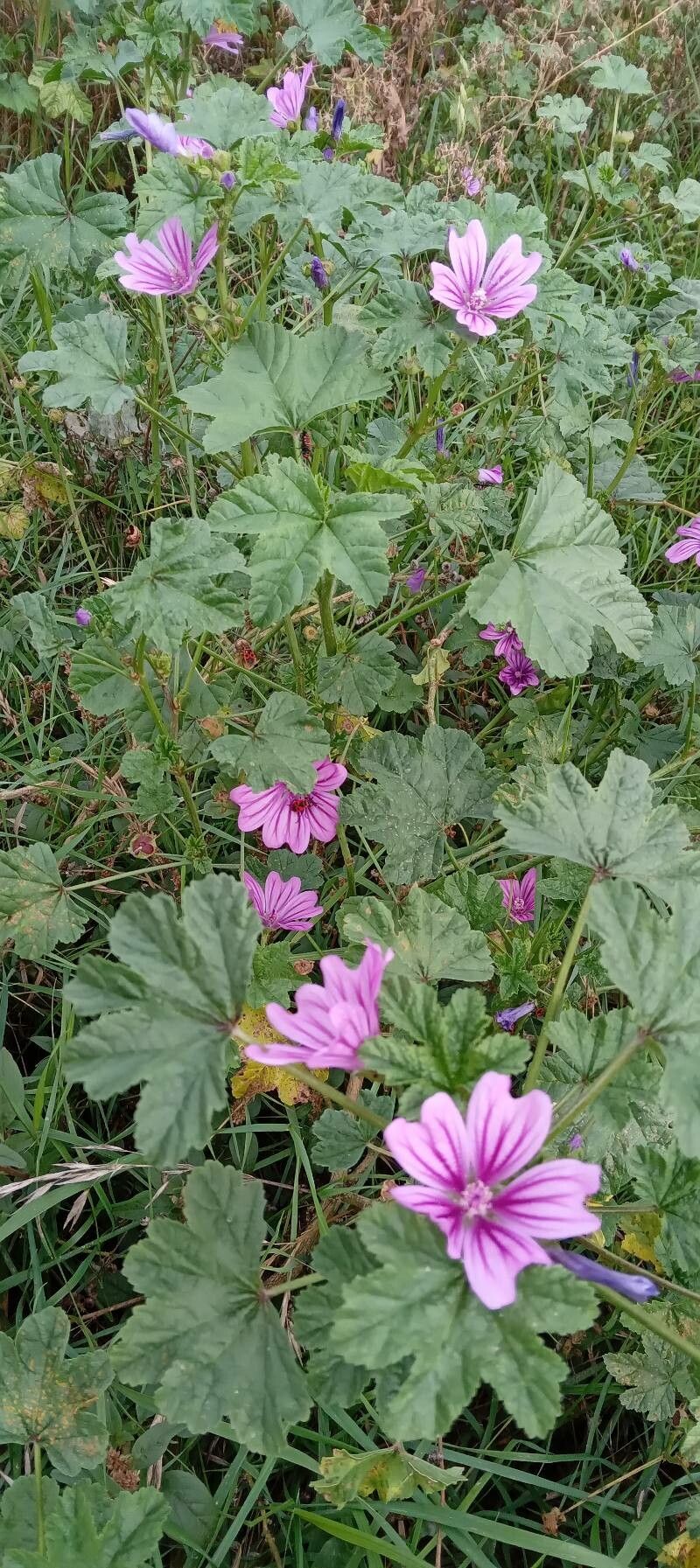### Unveiling the Philippine Waxflower: A Jewel of the Zingiberaceae Family
The Philippine waxflower, a captivating member of the Zingiberaceae family (the ginger family), is a botanical treasure often overlooked. While its exact scientific name might be debated among botanists, its striking appearance and intriguing characteristics make it a highly desirable plant for both experienced and novice gardeners. This comprehensive guide will provide you with everything you need to know to successfully cultivate this tropical beauty.
### Habitat and Growth
Native to the Philippines, as its name suggests, the Philippine waxflower thrives in warm, humid environments. It prefers partial shade to dappled sunlight, making it an ideal choice for understory planting in gardens or as a container plant indoors. In its natural habitat, it often grows along forest edges or in areas with filtered sunlight. Understanding its preferred environment is key to replicating its success in your own garden or home.
### Soil Needs and Watering
The Philippine waxflower prefers well-draining, organically rich soil that retains some moisture. A soil mix that combines potting soil, perlite, and peat moss often works well. Avoid heavy clay soils, as they can lead to root rot. Consistent moisture is crucial, but avoid overwatering, which can also lead to root problems. Allow the top inch of soil to dry out slightly before watering again. Regular misting can also help maintain humidity levels, especially in drier climates or indoor environments.
### Sun Exposure
While the Philippine waxflower tolerates some direct sunlight, it thrives best in partial shade. Too much direct sun can scorch its delicate leaves and flowers. In hotter climates, afternoon shade is especially important. Inside, a bright spot away from direct sunlight is ideal.
### Propagation and Care
Propagation can be achieved through division of rhizomes, usually done during the spring or early summer. When repotting, be gentle with the roots to avoid damage. Fertilize sparingly during the growing season (spring and summer) with a balanced liquid fertilizer diluted to half strength. Regular pruning can encourage bushier growth and prevent legginess.
### Pests and Diseases
The Philippine waxflower is generally resilient to pests and diseases. However, keep an eye out for common garden pests like aphids or mealybugs. If infestations occur, treat promptly with insecticidal soap or neem oil.
### Bringing the Beauty of the Philippines Home
The Philippine waxflower offers a unique and rewarding gardening experience. With the right care and attention, you can enjoy its vibrant blooms and lush foliage for years to come. Its delicate beauty adds a touch of the tropics to any garden or home, making it a true horticultural gem.
### Conclusion
By understanding its specific needs for light, soil, and moisture, you can successfully cultivate this captivating plant and add a touch of exotic elegance to your garden.
Philippine Waxflower: A Gardener's Guide

Frequently Asked Questions
How to care for a Philippine waxflower?
Provide partial shade, well-draining soil, consistent moisture (avoid overwatering), and fertilize sparingly during the growing season. Regular misting helps maintain humidity.
Where can I buy a Philippine waxflower?
Check local nurseries specializing in tropical plants, online plant retailers, or botanical gardens. Availability may vary depending on your region.


